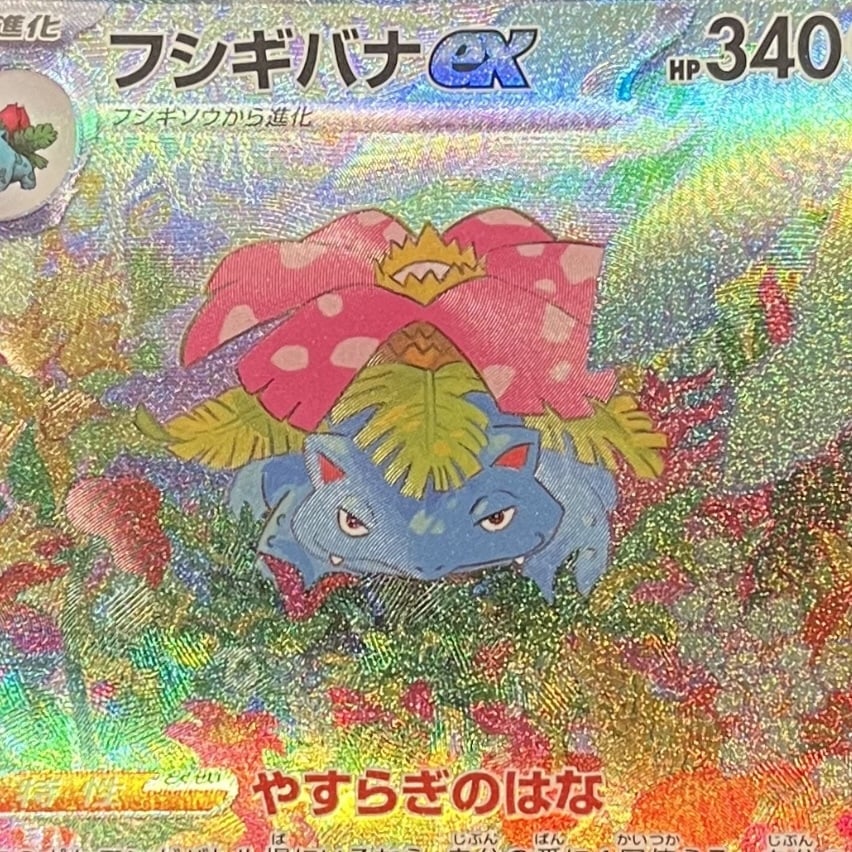2001 Infiniti QX4
Placard on car says 26 psi cold
Tires say 32-49
Rear tire is set to 27 cold
Does this look under-inflated? What’s the lowest I should go?
I would 1)go with the vehicle placard as the default and and limit driving until I 2)call a reputable dealership
I think it was the Ford Explorer that required lower tire pressure because the vehicle was a rollover threat at normal inflation pressures. But people were worried that the tires would blow out if under inflated. There were a ton of lawsuits.
They did a 60 minutes piece about Jeeps on this too.
It was a mess.
Damn. I feel like 26 is pretty low. Some old threads about R50’s said they had a TSB raising it to 30 so that’s where I’m at now. Dealership said follow placard but the car is so old they don’t know or care
If there is a minimum required pressure written onto the tire, I’d go with that one. A little more than the pressure required for the car doesn’t hurt.
They may have originally specd lower pressure for ride comfort. I agree with using the tire’s minimum.
https://en.m.wikipedia.org/wiki/Firestone_and_Ford_tire_controversy
Why is everyone recommending the minimum here? I’ve always heard to go a smidge above the maximum for the fuel savings
If by maximum you mean the pressure recommendation by the car manufacturer, then yeah it will help with fuel saving. If by maximum you mean the pressure provided by the tyre manufacturer, please don’t do that lol. Jumping from 26psi to 32psi isn’t much, but jumping from 26psi to 49psi is way too much especially for car with only 1 passenger, it’s gonna wear the middle of the tyre without the weight pressing down to give it an even wear. The money you save here will be used to replace the tyre earlier than it should. Will also cause terrible braking.
Yep I have to second, you lose a ton of safety when overinflating tires like that due to the tire not gripping the road as it would if correctly inflated. Not a trade off I’d make with my life.
It gives you a fairly small gain in fuel mileage, but comes with several downsides.
For one, it’s harder on your suspension system and gives you a rougher ride. This will wear out your struts faster, which is kind of expensive.
Next, it lowers the footprint of the tire with the ground. This means that you have decreased road grip and it will take longer to stop in an emergency.
Lastly, it means your tires won’t last as long. The tread will wear uneven and it may cause tires that should last you 50,000 miles to only last 35,000, for instance. A rather large waste of money due to how expensive tires are, now.
Because on OPs car the recommended tire pressure is lower than the minimum recommended by the tire manufacturer. Increasing it even further may affect ride quality. In most scenarios your approach is correct.
Thanks!
I agree with the other poster. You should go with the minimum on the tire because it’s the manufacturer’s specification. You don’t necessarily see that a tire is underinflated but there can still be too much stress on the sidewall.
Thanks. I’m compromising at 30psi
would you be able to post a pic where it says the minimum psi on the tire? I work with tires and wheels and I have yet to see a tire with a range of psi like what you’re describing and I’m curious to see.
I would set the pressure to what is listed on the placard.
usually with an 8 ply passenger tire, you shouldn’t go below 20 psi.
oh also, the tire in the pic doesn’t look under inflated to me, but looks can be deceiving
I’ll try to post a pic tomorrow. Just saw this on the Nokia website:
We recommend using the vehicle manufacturer’s suggested tire pressure for all season tires
Not sure what the numbers on the tire are for then.
they’re for the technicians mostly. basically safe maximum levels to get the tire installed on the wheel and other safety information. sometimes you really have to inflate them when installing to get the tire to seat properly
Got it. Thanks!
The placard on the driver’s door frame is what you use.
The tire itself has no relevant information for a driver, only for an installer at a shop mounting the tire.
*as long as the tire is the same size as suggested by the manufacture
Even if you have a different size than is OE. You only disregard the psi, that is based on gross vehicle weight, if you know what you are doing.
It doesn’t matter if you have 265/70r16 and go to a 275/50r20, you still use the same pressure because your car still has the same GVWR.
Thanks. What does the installer use the info for?
Practically, nothing. The pressure on the sidewalk is what the manufacturer says will seat the tire on rim, but reality dictates you add pressure until the tire pops into place. That may be 40psi, but I have had to use over 100psi to get a tire to pop in place if that is what it needed and the tire lube wasn’t enough and you correct to manufacturers’ spec once the beat seats.
Interesting. Thanks!
The placard is useless if the tires aren’t the factory type. Don’t inflate tires to less than minimum pressure if you don’t know that they’re the right tires for the vehicle.
Thanks. They’re the right size but what other factors do I need to account for when matching a tire?
Load rating is a big one. Speed rating and number of plies can affect it too
Thanks I’ll check those. These seem to be pretty heavy duty tires



